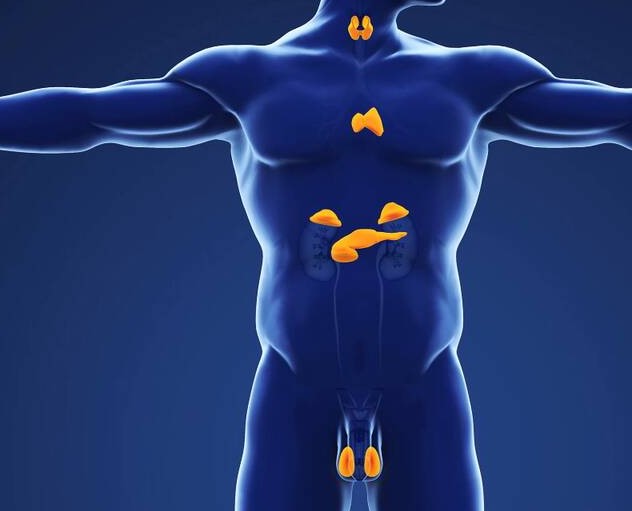Organs within the endocrine system include the brain, pancreas, ovaries, testicles, and thyroid gland. To regulate many of the body’s functions, these organs secrete hormones into the bloodstream.
The pituitary gland, for example, releases thyroid stimulating hormone, also known as TSH, which regulates many of these glands. Thyroxine is produced by the thyroid gland in response to this stimulation. A disease can affect one gland or multiple glands in the body.
Top 20 Fun Facts
- The study of endocrinology, or the endocrine system, has been studied for thousands of years. Chinese healers studied these body systems and learned how to extract hormones from urine to use for medical purposes.
- Hormones are only used since the early 1900s, even though endocrinology has been studied for millennia.
- Osteoporosis is a condition in which the bones of the body become less dense and brittle. Endocrine disorders, such as hyperthyroidism, can cause it.
- You feel hungry or thirsty based on the hormones produced by your hypothalamus.
- Diabetes mellitus occurs when the body’s blood sugar levels are not properly regulated, resulting in too much blood sugar or glucose being circulated. Excess amounts are excreted in the urine. In the past, physicians would taste urine to determine whether it was sweet before diagnosing diabetes.
- There are almost 30 different hormones produced by the body. Across mammalian species, these characteristics are largely the same.
- All endocrine glands are ductless. Hormones are secreted directly into the bloodstream by these cells.
- There are three lobes on the pituitary gland. Those are the posterior, intermediate, and anterior lobes.
- As the most important gland in the body, the pituitary gland is roughly the size and shape of a pea. In addition to regulating the rest of the endocrine system, it also produces hormones.
- Pineal glands are located in the brain and resemble pine cones in shape.
- Lower in the neck, the thyroid gland is shaped like a butterfly.
- There are two lobes to the thyroid gland, one on the right and one on the left. There is an isthmus connecting them.
- The thyroid gland requires iodine to function properly. Goiters can develop in people and animals with a deficiency. Companies make iodized salt to prevent iodine deficiency.
- There are four parathyroid glands. In the thyroid gland, there are smaller glands.
- In addition to digestive functions, the pancreas also has endocrine functions. A portion of the endocrine system releases insulin and glucagon to regulate blood sugar levels.
- Above each kidney are the adrenal glands. They can develop pheochromocytomas, which are tumors.
- Adrenal glands regulate the body’s water and salt balance. In addition, they help the body cope with stress.
- Testosterone is a sex hormone produced by the testes. It causes secondary changes such as enlargement of the voice box, which causes the voice to be deeper.
- Progesterone is a sex hormone secreted by the ovaries. It helps regulate a female’s menstrual cycle.
- Other organs can perform endocrine functions and release hormones even though they aren’t considered part of the endocrine system. These organs include the stomach, placenta, liver, and kidneys.

